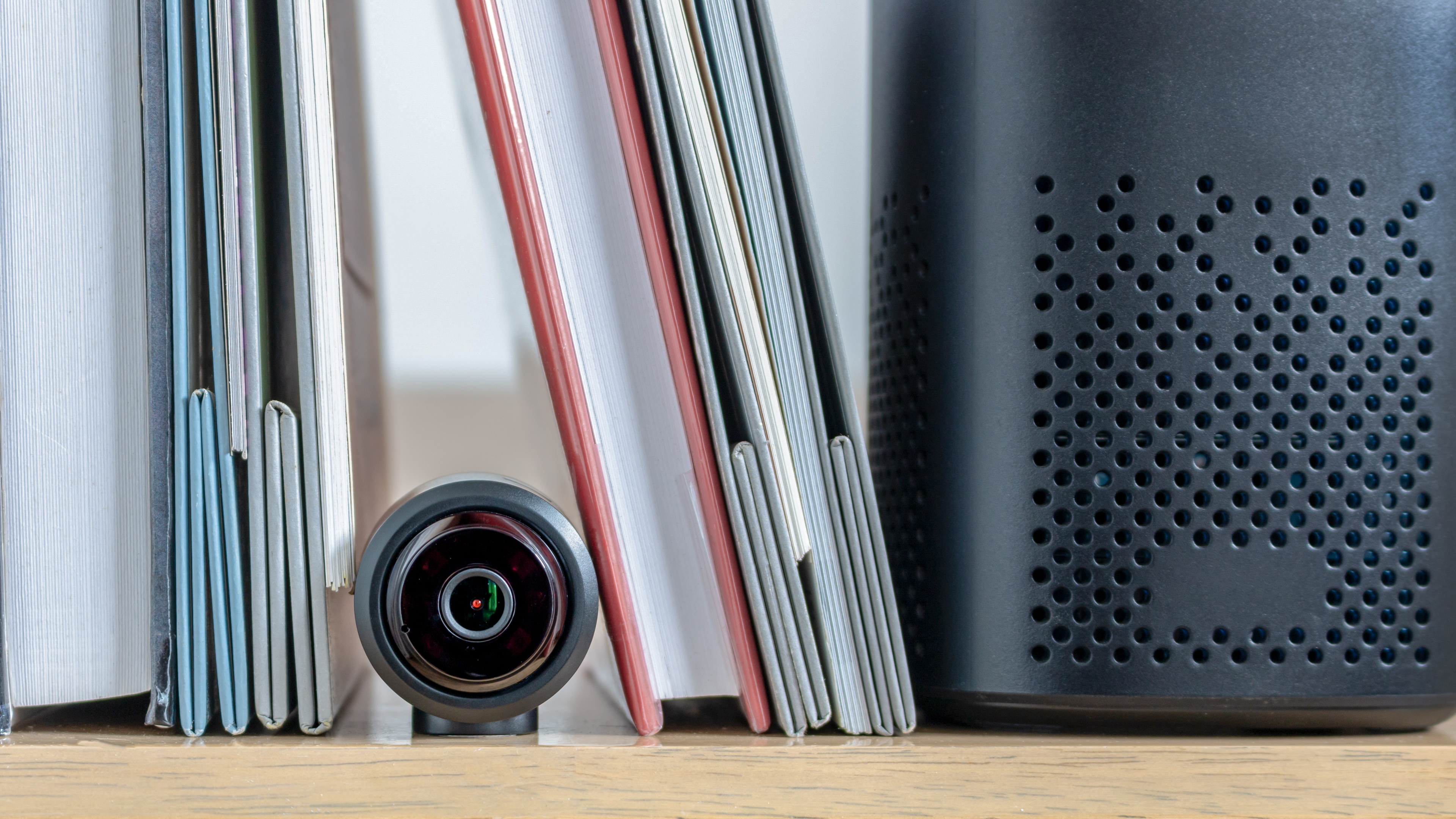

The new version of the Matter smart home standard has been released today: Matter 1.5. The big news is that smart cameras now receive support for the first time.
This effectively extends HomeKit compatibility to a significantly larger selection of cameras, and there are more new product categories introduced in today’s release.
## A brief overview of Matter and HomeKit
Initially, brands wishing to provide HomeKit compatibility had to adhere to a specific Apple standard and submit their devices for approval. The Matter standard removes both of these requirements, allowing any Matter-compatible device to be automatically compatible with HomeKit, Google Home, Alexa, and Samsung Smart Things. As of the start of this year, all Matter devices receive the *Works With Apple Home* badge without any additional testing.
## Matter 1.5 introduces cameras
Cameras have been the most demanded product category in terms of integrating with the Matter standard. Their addition signifies that developers will no longer have to use custom APIs or integrations to work with compatible cameras.
> Matter cameras enable live audio and video streaming utilizing established WebRTC technology, allowing for two-way communication and both local and remote accessibility using standard STUN and TURN protocols. The specification also includes support for multi-stream setups, pan-tilt-zoom functionality, detection and privacy zones, along with adaptable storage options, such as continuous or event-based recording to local or cloud storage.
## Blinds, garage doors, gates, and more
Another category to receive Matter support falls under the classification of “closures.” This encompasses items like window shades, curtains, awnings, gates, and garage doors.
> With a streamlined, modular cluster design, manufacturers can depict various motion types (e.g., sliding, rotating, opening) and configurations (e.g., single or dual panels, nested mechanisms) utilizing a limited set of building blocks.
## Soil sensors
Smart gardening tools are an expanding sector, and soil sensor support increases the number of possible automations.
> Matter 1.5 broadens the standard’s applications into new gardening and plant-care scenarios with soil sensor compatibility. These devices can assess moisture and optionally temperature to assist users in maintaining ideal conditions for indoor plants, gardens, and lawns. When paired with Matter-compatible water valves or irrigation systems, soil sensors can intelligently automate watering, aiding in water conservation and enhancing plant health.
## Energy management
Lastly, support for advanced energy management makes it simpler than ever to monitor the usage costs of smart devices as well as to schedule power-intensive appliances to run when energy rates are lowest.
> The new electrical energy tariff device type allows real-time and forecasted pricing, tariff, and carbon data from utilities, grid operators, and energy services to be communicated with devices in a Matter-defined format. Devices can utilize this information to assess and report their actual energy costs and carbon footprint or to automatically modify their operation based on user preferences, tariff schedules, or regulatory requirements. This also incorporates real-time or predictive data from energy-generating devices, such as home solar systems, into household energy management and optimization.
As with prior Matter updates, it will take some time for the new functionalities to permeate consumer products, but there’s much to anticipate moving forward.